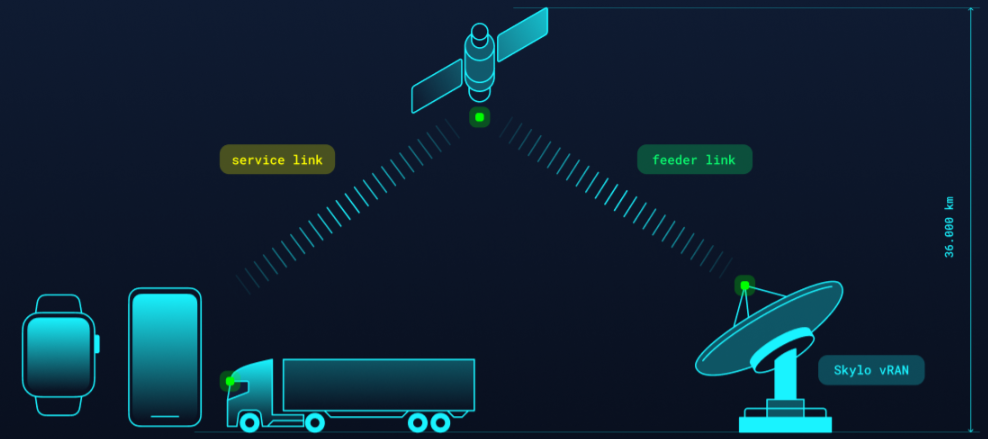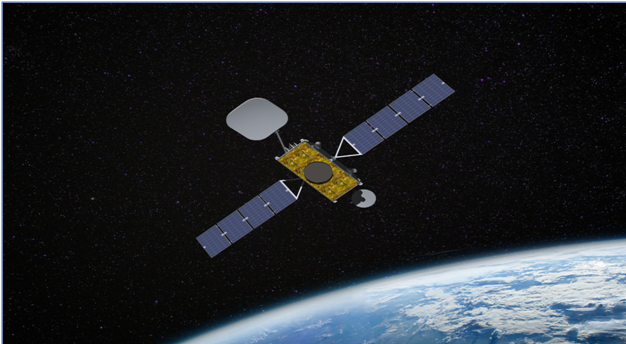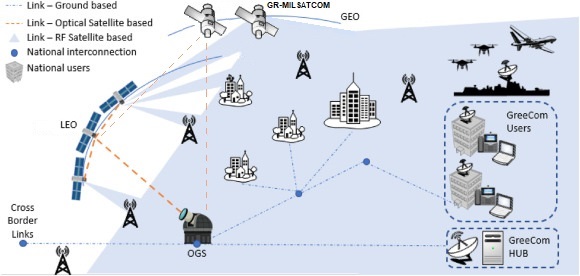


A modern SATCOM system can enhance existing national military communication networks, ensuring fast, reliable, and secure data transmission during military operations. Additionally, it can provide the desired nations’ autonomy in the field of SATCOM while contributing to technological superiority and economic growth.
This study is aimed at military and governmental leaderships tasked with making critical decisions to enhance their country’s SATCOM capabilities. Its goal is to highlight the necessity of a national SATCOM system that offers autonomy, flexibility, and security in governmental and military operations.
The study provides the theoretical foundation needed to fully understand space-based communications. It also examines current technology in SATCOM, the challenges that arise in their development, and the progress achieved so far. Using examples from pioneering countries and organisations, the study presents best practices and strategies that can be adopted for the development of a national MILSATCOM system.
Additionally, it goes a step further by placing the reader in the role of both the space system engineer and the project manager. Through this process, the reader gains a comprehensive understanding of the project’s complexity, timelines, costs, risks, and challenges that may arise.
As a key example, the case of Greece is used, a country that seeks to acquire its own satellite system, primarily for military and governmental communications. The country aims to design, develop, launch, and operate a telecommunications satellite equipped with advanced technologies and strong encryption, operating in a geostationary orbit (GEO). This satellite will provide continuous wide-area coverage and connectivity to the national Armed Forces (and governmental entities) in various operational theaters.
The study concludes by adding further (alternative) suggestions to the initially proposed project, introducing the concept of Micro-GEO satellites.
The proposed plan for the development of the Greek MILSATCOM system could also be adopted by other European Union member states that do not have satellite infrastructure, offering a common foundation for developing national SATCOM systems.
The benefits of such a project would be significant for both the Security and the Economy, strengthening national and European Defence.
Whether for strictly military, governmental, or civilian communications, a nation's autonomy in this area is a fundamental factor in its sovereignty and strategic superiority. Beyond its national strategic value, a MILSATCOM system can also drive economic and technological development.
Such a complex system requires a deep understanding of all its characteristics and latest technological advancements, such as the Micro-GEO satellites adoption
For countries with smaller budgets that still wish to develop their own MILSATCOM and/or GOVSATCOM systems, it is recommended to consider the Micro-GEO satellites’ option with interconnectivity capabilities, both with their national communication networks and with European SATCOM networks such as IRIS2, EU GOVSATCOM or EUQCI.
Regardless of which option countries choose it is crucial to focus on the timeline, budget and funding, collaboration with stakeholders, partnerships with allied countries and/or organisations, risk assessment, and compliance with international regulations.
| Parameter | Description |
|---|---|
| Cost | Technology Heritage |
| Payload Capabilities | Availability |
| Coverage | D2D Connectivity |
| Capacity | Laser Communication |
| Risk | ISL Communication |
| Redundancy | Quantum Communication |
| Ease of use | Reliability and Robustness |
| Security of Communications | Connectivity with other SATCOM systems |
| Time to establish FOC | Leasing extra capacity |
| Max lifetime | Easy Compliance with International Regulations |


